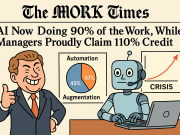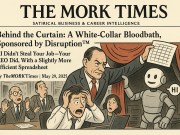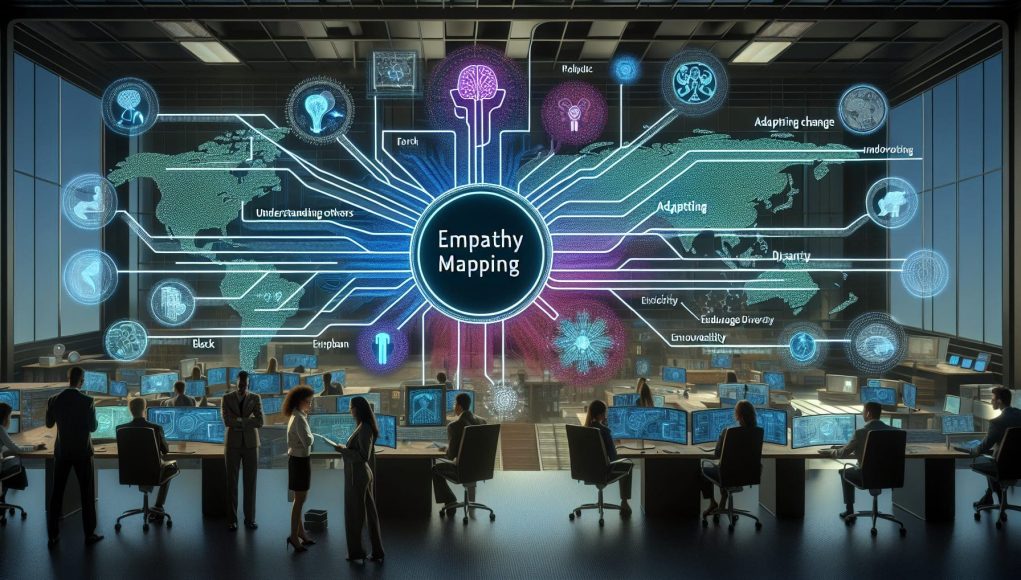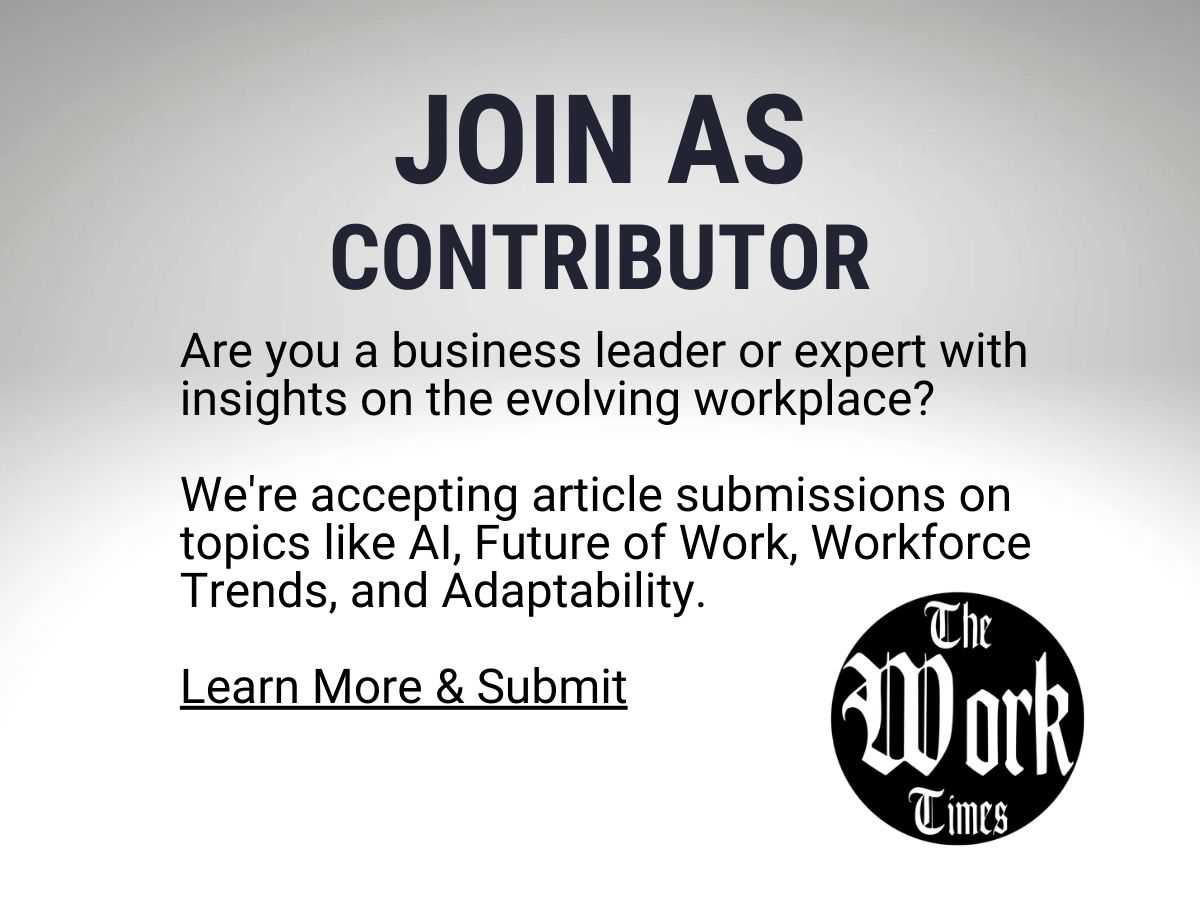<h1>Empathy Mapping: Your Secret Weapon for Navigating the Future of Work</h1><p>The landscape of work is evolving at an unprecedented pace, influenced by technological advancements, global connectivity, and a new emphasis on emotional intelligence. As graduates poised to enter this dynamic environment, the question arises: how can you stand out and adapt to these changes? The answer lies in a tool called empathy mapping, which can serve as your compass in navigating the intricate waters of the future workplace.</p><h2>Understanding Empathy Mapping</h2><p>Empathy mapping is a visual tool often used in design thinking to understand users and their experiences. However, its application extends far beyond that; it's a holistic approach to perceive and engage with the world around you. The primary objective of empathy mapping is to gain deeper insights into people's thoughts, feelings, and motivations. It involves stepping into others' shoes and experiencing the world from their perspective. For graduates, this means understanding colleagues, clients, and even market trends through a lens of empathy.</p><h3>The Components of an Empathy Map</h3><p>An empathy map typically consists of four quadrants: <strong>Say</strong>, <strong>Think</strong>, <strong>Feel</strong>, and <strong>Do</strong>. By analyzing each section, you gather a comprehensive understanding of someone else's viewpoint:</p><ul><li><strong>Say:</strong> What are the words and phrases being used by the individual or group? What are they explicitly stating?</li><li><strong>Think:</strong> What do they think about the situation? What insights or realizations might they be processing internally?</li><li><strong>Feel:</strong> What emotions are they experiencing? What pressures or fears might be influencing their behavior?</li><li><strong>Do:</strong> What actions are they taking? How are they responding to their environment?</li></ul><p>By dissecting experiences through these lenses, empathy mapping becomes a powerful technique for fostering deep understanding and meaningful interactions.</p><h2>Empathy Mapping in the Future Workplace</h2><p>In the context of the future of work, empathy mapping is not just about understanding othersit's about thriving amidst change and uncertainty. Heres how empathy mapping can empower you as a graduate:</p><h3>Enhanced Communication</h3><p>As workplaces become more diverse and inclusive, the ability to communicate across varying perspectives is crucial. Empathy mapping helps you tune into subtle cues and adapt your communication style to resonate with others, fostering more collaborative and innovative environments.</p><h3>Emotional Intelligence</h3><p>In a future where AI and automation are taking over routine tasks, emotional intelligence becomes a key differentiator. Empathy mapping nurtures this by enhancing your ability to empathize, listen actively, and respond thoughtfully, setting you apart in any professional setting.</p><h3>Design Thinking and Problem Solving</h3><p>The future of work demands creative solutions to complex problems. Empathy mapping cultivates a mindset of understanding the problem from multiple angles before formulating a solution, leading to more user-centric and effective innovations.</p><h3>Leadership and Team Dynamics</h3><p>Empathy is a cornerstone of effective leadership. As you embark on your career, empathy mapping equips you with the skills to lead with compassion, understand team dynamics, and create a supportive work culture that boosts morale and productivity.</p><h2>Applying Empathy Mapping as a Graduate</h2><p>To harness the power of empathy mapping, start with small, intentional practices:</p><ul><li><strong>Engage Actively:</strong> In interactions, listen more than you speak. Ask open-ended questions to gather insights.</li><li><strong>Reflect and Record:</strong> Regularly jot down your observations in the 'Say', 'Think', 'Feel', and 'Do' categories during interactions.</li><li><strong>Practice Mindfulness:</strong> Develop mindfulness techniques to stay present and aware of subtle emotional and behavioral cues.</li><li><strong>Collaborate:</strong> Use empathy mapping exercises in team settings to tackle projects and understand team members' perspectives.</li></ul><h2>Conclusion</h2><p>The future of work is not just about adaptability; its about empathy. For graduates stepping into tomorrows workforce, mastering empathy mapping is your ticket to not only excelling professionally but also contributing meaningfully to the evolving narrative of work. Embrace empathy as your ally, and you'll navigate the future workplace with resilience, insight, and purpose.</p>
We provide you with the latest breaking news and videos straight from the world of work, worker, and workplace
Contact us: [email protected]






















